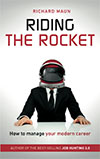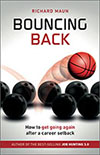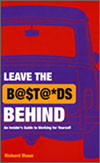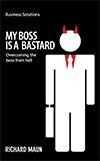better business blog
Tips and stories to add value to you and your organisation

How To Build Trust
If you’re working as a consultant or a coach, selling to a new client, or trying to build a relationship with a customer, the issue of trust often looms large. When working as a coach I’m often asked: How do you build trust?
Here’s my thinking. (Do you trust my thoughts?)
So that you know where I’m heading here; I’m going to give you the classic answer, detour to Buzzword Bingo and then share my own ‘how to’ that builds on the classic model.
The tricky thing about trust is that it’s established retrospectively. You only really trust someone after they’ve kept their word, turned up on time and completed the task to your satisfaction. This means the question is actually: How can you build up a level of trust in advance? The classic answer is:
- Expertise builds
- Credibility which builds
- Trust
Easy. Display some technical expertise. The trouble with that is people can fall into the trap of sounding arrogant, or they can play the dreaded Buzzword Bingo. For example, I was giving someone a practice interview recently and asked them: What makes you suitable for this job? They answered:
“I know all about FMEA, 5S, TOC, TPM, SMED, VSM…”
“HOUSE!” I interrupted and showed them an imaginary bingo card where I had ticked off all the squares…
Be careful with displaying expertise. The other person can feel bored (at a long list) or inferior (because they don’t know what the words mean) or competitive (they are waiting to grab the chance to tell you some TLAs* that you might not know). Either way, you lose.
Here’s my thinking to avoid this: Display process expertise first.
Sharing your process puts a face on the future. People can see your plan and they get comfort from this. It also helps to build trust because it avoids Buzzword Bingo. In training workshops the thing most people are most concerned to find out at the start of the day is the time plan. How long will the day last, when are breaks and so on. People need structure, so sharing your process means that you are giving them a clear pathway to the future. Even if they have some questions about it, the comfort (at a psychological level) that they will get from knowing the structure will enable them to relax and start trusting you.
When working as a coach I’ve had several clients who turn up and worry that coaching is just “Talking over coffee” and it’s tricky to convince them otherwise…they need to have some experience first. However, they relax when I sketch out the process and show them a paper coaching contract and review questionnaires. They can see the process and they know that I know it too…which means I must know something about coaching. Process first, expertise second.
Do you trust me more now?
*TLA is a three letter acronym, which stands for ‘Three Letter Acronym’. These useful linguistic shortcuts can trip people up if over used. AVP is what I tend to say, or “Avoid Them Please.”
e-publishing
Click icon for details


recent posts
browse archive
books
Click cover to view details on Amazon
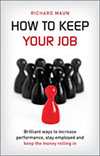
How to Keep Your Job
Brilliant ways to increase performance, stay employed and keep the money rolling in
Published 2011 Marshall Cavendish
208pp
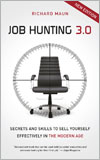
Job Hunting 3.0
Secrets and skills to sell yourself effectively in the Modern Age
Published 2010 Marshall Cavendish
260pp

 RSS
RSS
